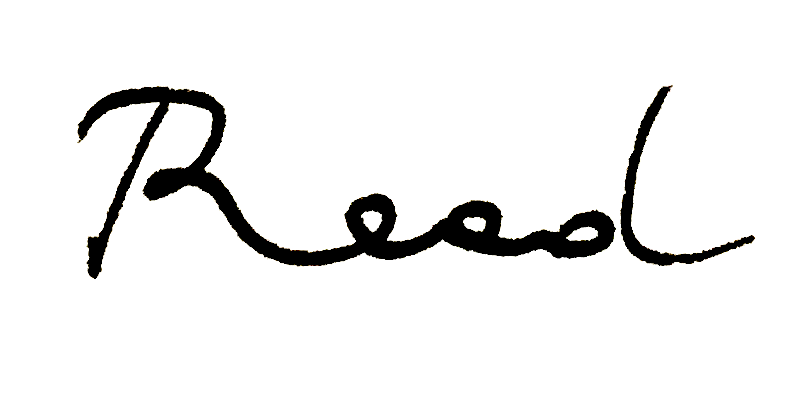Mere mere is a crucial task for a family that wants to win the Tapati. Separating the chicken feathers, once already washed and dried, is done by size. This is an arduous job. To do it well, one has to grab a handful of feathers, spread it across a table and then use one’s trained eyes and hands to match similarly sized ones. One can use the length of the stems of the feathers as a guide. The matched feathers will later be tied around strings to make maro, parts of women’s skirts which flow around women like waves as they move their waists. While separating the feathers, one also has to be considerate for the future and group those that are too small in their own container, as well as those that are too big for the task at hand. Both the bigger and the smaller could and will probably be used in future costumes or accessories.
The mere mere process was the first I was asked/allowed to participate in, and it was a pleasantly repetitive one. After a few weeks, my eyesight was sharpened for the job, and it became easier to quickly group the feathers. It felt similar to playing i-spy as a kid. I fantasized for a couple days of coming up with an engineering solution, something taking advantage of gravity and the slight differences in weight to shorten the amount of time it took. I also fantasized with getting an engineering degree. But then I realized that A) somehow the essence of mere mere as a Rapanui tradition included the detail-orientation and the dedication inherent in handling each of the potential feathers one by one, and choosing which ones would make it to the stage, also one by one; and that B) I was dreaming of coming up with a solution, not dreaming about solutions, and thus came up with no solutions.
Mere mere is considered a more “beginner” skill than making maro is. Each maro is made of a string, to which concentric circles of feathers from the mere mere process are tied, one by one. Each maro has hundreds of feathers. Each skirt takes between 10 and 16 maro, depending on waist size. Most people take about 30-40 minutes to make one maro. The most skilled and fastest maro-making woman I met, nicknamed “La Máquina” (“The Machine”) had a record of 12 minutes.
I first witnessed maro-making as I fed my mere mere to La Máquina. I watched in silence but with great attention. Some of the women around her relished on their final products, and on their own record times. Others, older women, lamented that they never moved up from the mere mere stage, and that only their older sisters had good enough fine motricity to be trusted with the maro.
After a week of doing mere mere, the women allowed me to do a maro to try out my luck. It turned out that I was actually quite good at it; my almost neurotic detail-orientation and my pride for doing things well and fast got their attention and they celebrated my first maro almost as if it had been a first-born child. From then on, I did maro every single day for five months. Sometimes, I would be paired with La Máquina on a table so that we could motivate each other to see who made more maro in less time. She won almost every time; I was the one getting the coffee. That was the beginning of my immersion into a universe of chicken feathers, Tapati gossip, family drama, food, and Turkish telenovelas.




